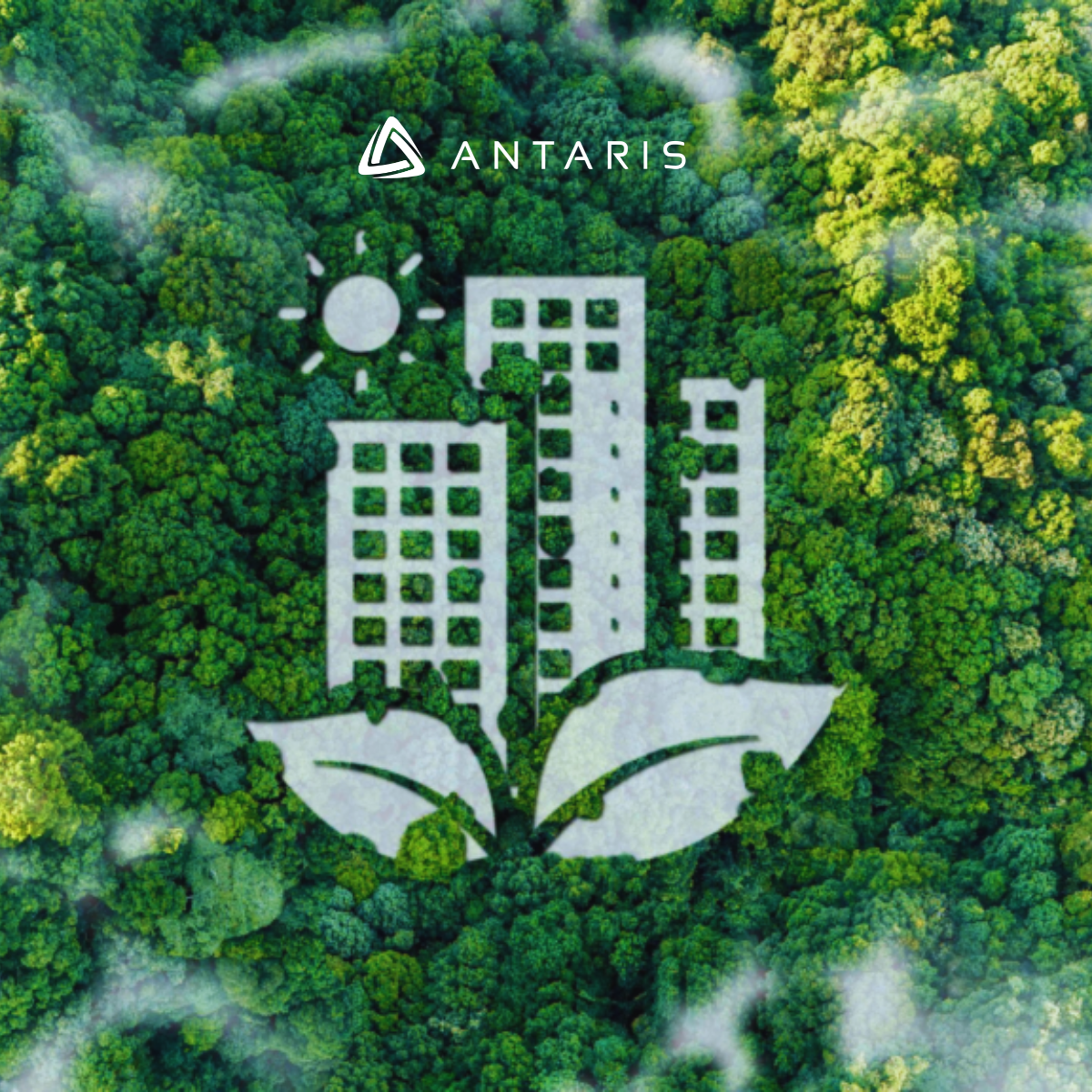The Environmental Protection Agency in Ireland has recently published its latest latest annual report on hazardous waste in Ireland for 2018.
What is hazardous waste?
A waste is hazardous when it can harm human health or the environment because it is explosive, oxidising, flammable, irritant, toxic, carcinogenic, corrosive, infectious, mutagenic, sensitising or eco-toxic. Hazardous waste is controlled by strict regulations to protect against the threat to people and the environment.
Where is hazardous waste produced:
Hazardous waste is produced from a wide variety of sources and covers many waste types. Industry continues to be the largest generator of hazardous waste – producing solvents, sludges, oils and chemicals. Other sectors such as businesses, construction, healthcare, waste incinerators, farms and households also produce a range of hazardous wastes.
Hazardous waste includes lead-acid batteries; waste electrical and electronic equipment, that can contain hazardous materials like heavy metals; healthcare risk waste and incinerator ash. In addition, contaminated soils generated from old industrial sites such as gas works, mines, tanneries, dock yards and petrol stations amounted to almost 18% of all hazardous waste produced in Ireland.
How is this hazardous waste treated?
The following figures detail the breakdown how hazardous waste is treated in Ireland in 2017 and 2018 to allow for comparison:
Key points to note include:
- The total amount of hazardous waste generated in Ireland continues to grow, with 528,416 tonnes of hazardous waste generated in Ireland in 2018, compared to 438,177 tonnes in 2017 – an increase of over 90,000 tonnes in a year.
- EPA licensed industrial facilities fully treated 30,127 tonnes of their waste on site at their own facilities. This is a 12% decrease in on-site treatment compared to 2017 figures (34,144 tonnes).
- Over 20% of total hazardous waste generated was treated at Irish hazardous waste treatment facilities (18,733 tonnes of soils and 93,635 tonnes of other hazardous waste) in 2018, an increase of 29% on the 2017 figures (608 tonnes of soils and 86,909 tonnes of other hazardous waste).
- In 2018, Ireland exported 73% of its hazardous waste for treatment abroad (383,903 tonnes). Contaminated soils accounted for 74,912 tonnes of our hazardous waste exports. In 2017, Ireland exported 72% of its hazardous waste for treatment abroad (314,529 tonnes). Contaminated soils accounted for 101,440 tonnes of our hazardous waste exports.
- The amount of contaminated soils exported has dropped by 26% in 2018 (from 101,440 tonnes in 2017 to 74,912 tonnes in 2018) and the amount of contaminated soils treated by Irish hazardous waste treatment facilities has accounted for the large decrease in exported contaminated soils. Irish hazardous waste treatment facilities in 2018 treated 18,733 tonnes of contaminated soils in comparison to 608 tonnes in 2017.
The EPA maintain that the increase in hazardous waste generated in 2018 was driven mainly by a large increase in the quantity of ash produced from Ireland’s municipal waste incinerators.
Theses municipal waste incinerators dispose of the waste by burning it to converts these waste into heat, gas, steam and ash. The main purposes of these incinerators is the thermal treatment of waste. These are not to be confused with ‘Co-incineration plants’ which burn waste for the purpose energy generation or production of material products.
The EPA has issued waste licences to two municipal waste incinerators:
- Indaver Ireland Ltd. which is licenced to accept up to 235,000 tonnes per annum.
- Dublin Waste to Energy Ltd (located in Poolbeg) which is licenced to accept up to 600,000 tonnes per annum.
The Dublin Waste to Energy Incinerator only began operating at full capacity in December 2017 which would explain the increase in the quantity of ash produced in 2018.
Sources



